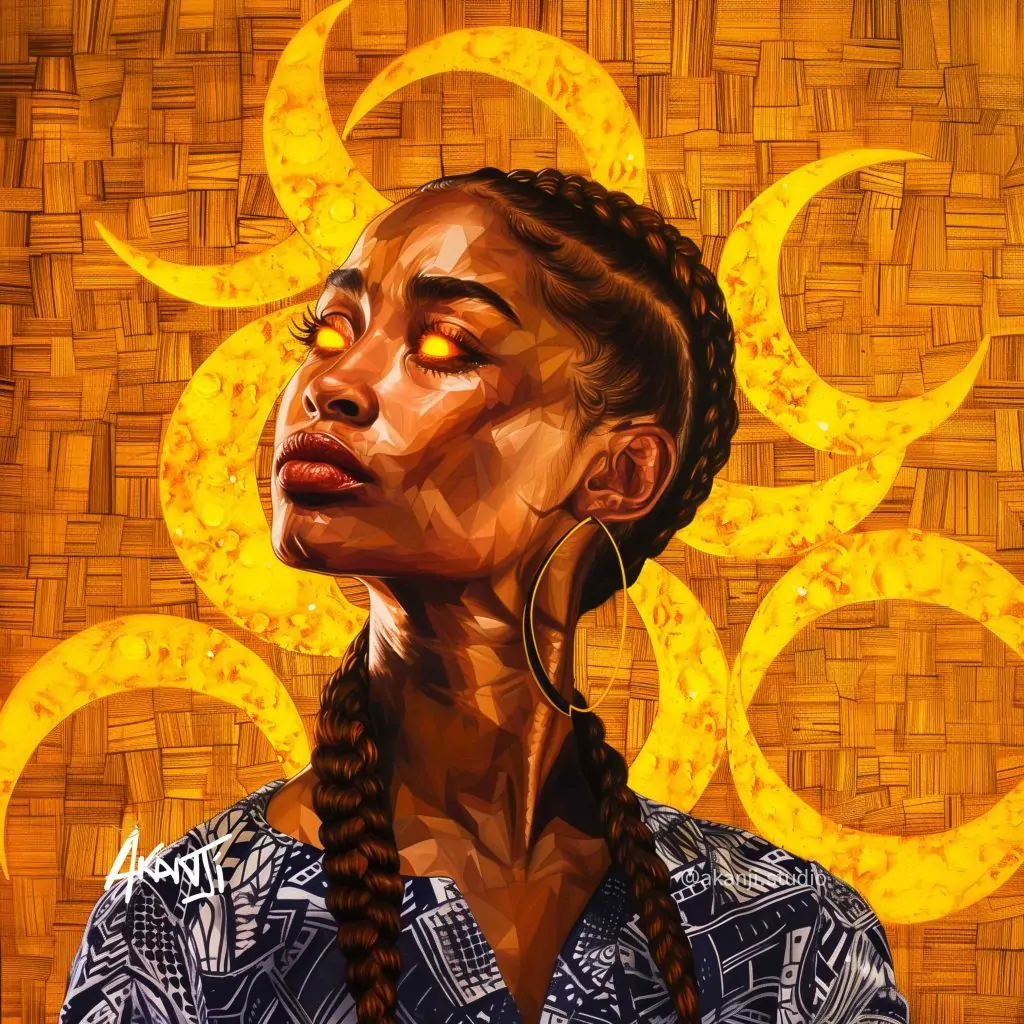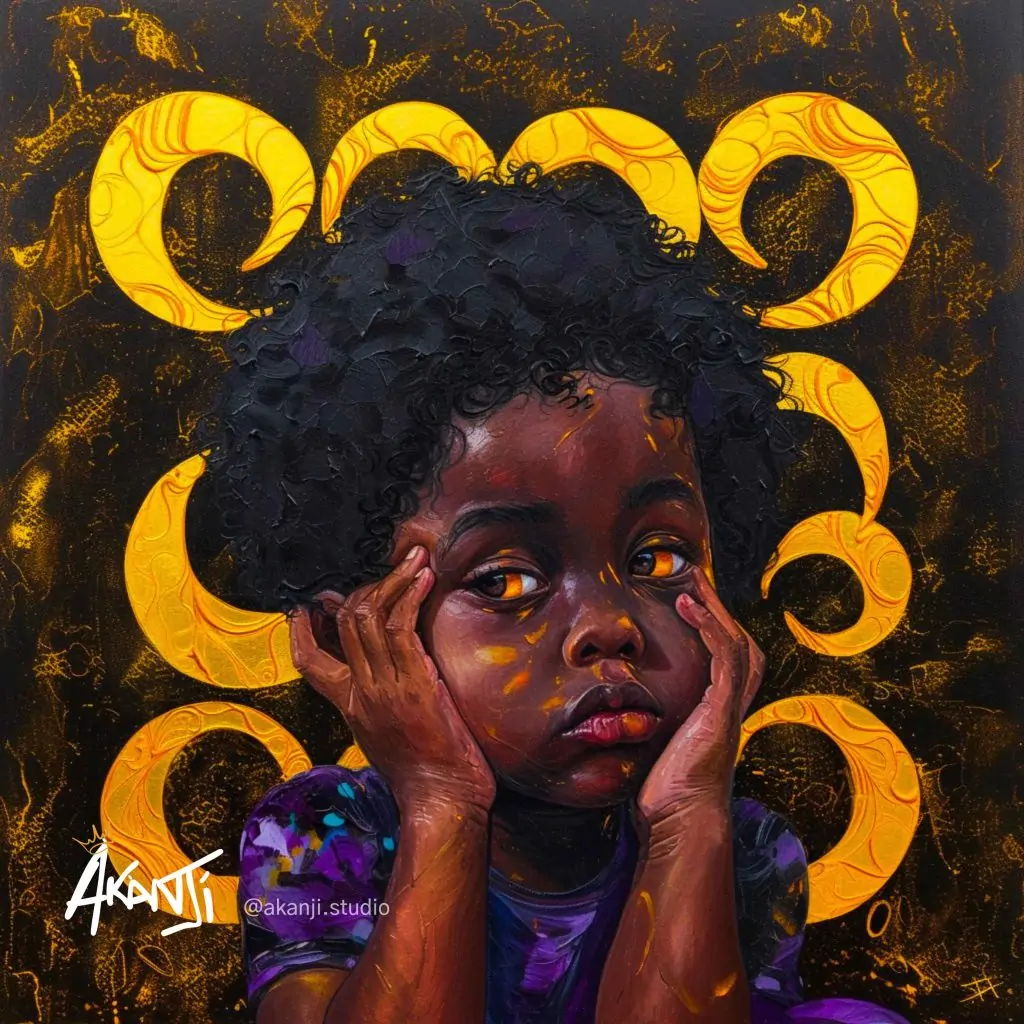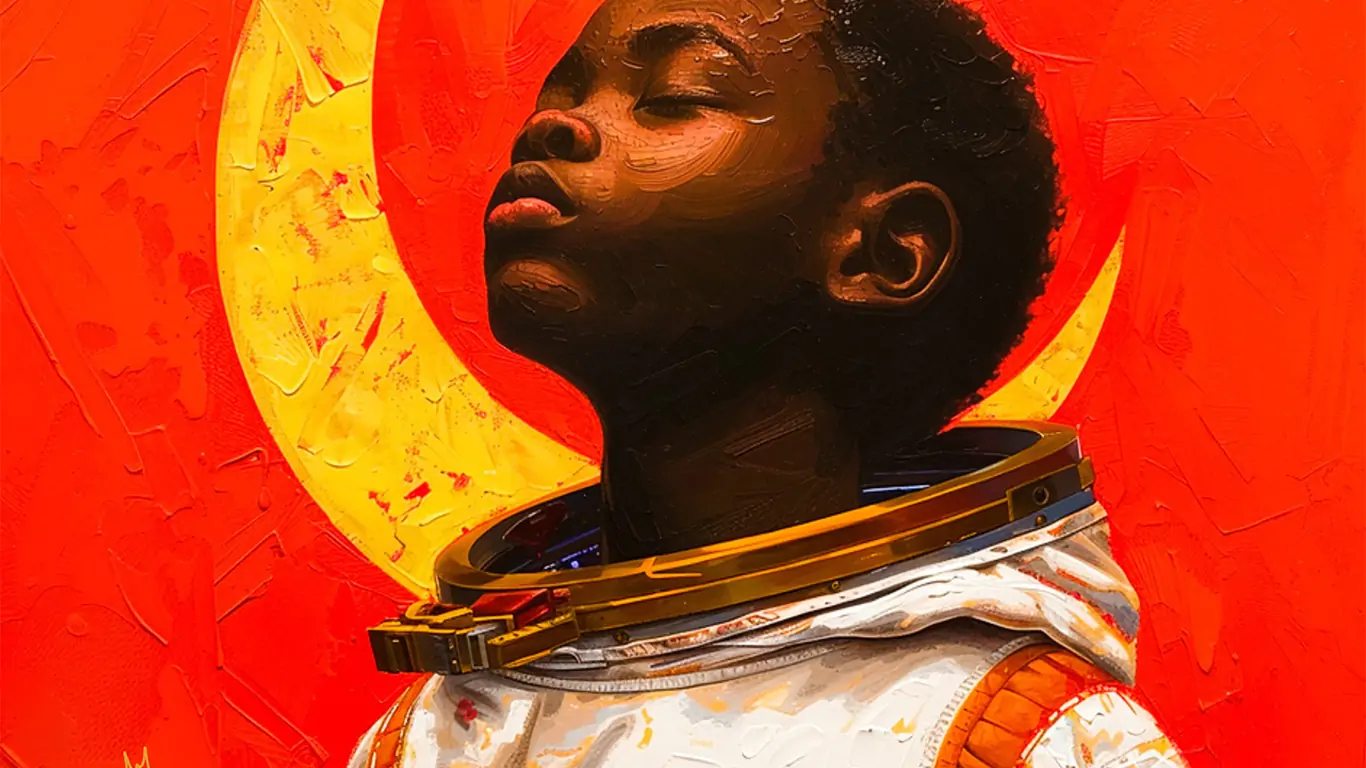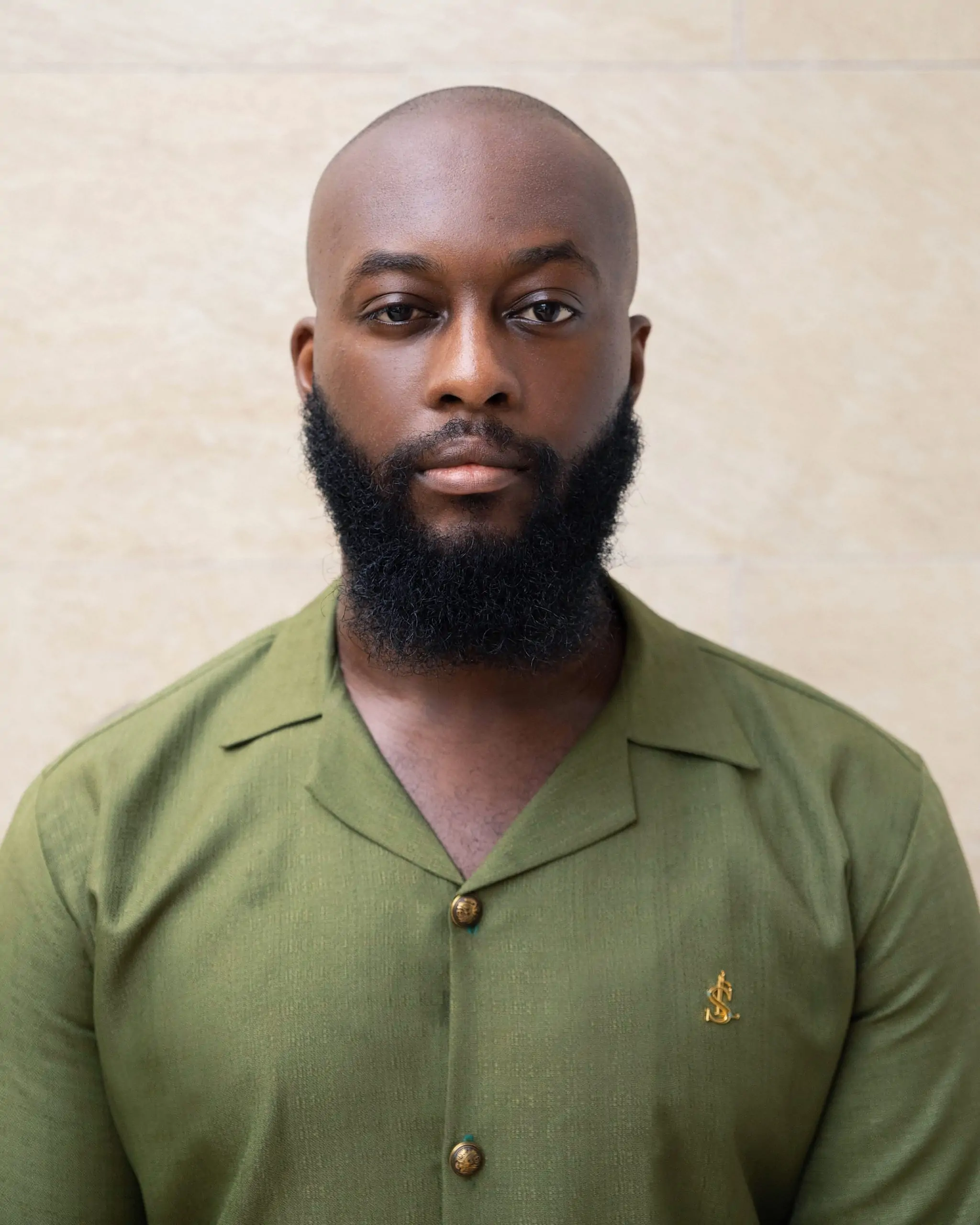“An artist’s duty, as far as I’m concerned, is to reflect the times’’ are famous remarks made by the iconic artist and social justice activist, Nina Simone. It is in the same spirit that Rizzy Akanji, the founder of Akanji Studio, strives to raise awareness about a subject matter near and dear to him, sickle cell disorder, using one of the most topical tools of technological advancement in recent history, Artificial Intelligence (AI).
Ahead of his debut group exhibition, Creating Beyond Sickle Cell, curated by Akanji Studio to offer a platform for a collective of creatives with sickle cell disorder to showcase their artistry, I caught up with the AI artivist to learn more about the purpose behind his movement.
Raphael: Having recently come to learn about Akanji Studio, and the moving story behind it, I am very keen to hear more about how it all came about. What inspired your artistic journey?
Rizzy: My artistic journey is deeply inspired by both my personal experiences living with sickle cell disease and the broader narratives within the sickle cell community. This defining aspect of my life has shaped my digital art practice from the very beginning, infusing each piece with personal battles and the collective stories of resilience and struggle from the community. In my creative journey, I also fuse Afro-futurism and Afro-surrealism to envision a future where African voices resonate globally.

Drawing from my Yoruba heritage and ancestral wisdom, I infuse storytelling and poetry to shape immersive worlds and narratives. Utilising modern digital tools like machine learning, I amplify the voices of underrepresented communities, weaving their stories into the fabric of tomorrow. Through digital art and poetry, I have found powerful mediums to express the nuances of these experiences and emotions. Each artwork reflects not only my own resilience and hope but also the collective strength and challenges of the sickle cell community.
My digital canvases and poetic verses serve as platforms for storytelling, advocacy, and community-building. This fusion of technology, creativity, and shared experience allows me to transcend physical limitations, connect with audiences globally, and foster deeper empathy and understanding. Ultimately, my artistic expression is fuelled by a mission to raise awareness, inspire change, and spark meaningful conversations that resonate with and represent the sickle cell community at large.
Raphael: How would you describe your art practice, and what do you think the future of AI, tech and art holds?
Rizzy: My art practice is a dynamic blend of traditional digital graphic skills and innovative AI technologies. I engage deeply with each piece, using my expertise in illustration, Photoshop, and Adobe Lightroom to curate and enhance AI-generated images. This process ensures that my personal touch and creative vision are imprinted on every artwork, distinguishing my pieces from purely AI-generated art. The use of AI technology has significantly expanded my creative capabilities, allowing me to explore new forms of expression and bring intricate visions to life.
Collaborating with AI is an empowering experience; it combines the precision and efficiency of technology with the nuanced insight of human creativity. This partnership is not just about using tools, but about engaging with them in a way that respects ethical considerations, ensuring that my artistic processes contribute positively to the broader discourse on technology and creativity. Looking forward, I believe the intersection of AI, technology, and art holds tremendous potential.
We are just scratching the surface of what’s possible when human creativity collaborates with robotic precision. As we continue to explore these realms, I anticipate more beautiful and ethically minded collaborations between artists and AI, further enriching our cultural landscapes and expanding the boundaries of traditional art practices.

Raphael: AI has proven to be a very topical subject. Some argue it is a potential force for good, others are concerned about its potential to replace humans altogether. How would you respond to your critics who suggest that AI or digital art isn’t real art?
Rizzy: In addressing the critique that AI or digital art isn’t “real” art, it’s crucial to reflect on the core definition of art itself: it’s the expression or application of human creative skill and imagination, typically appreciated for its beauty or emotional power. In my practice, I integrate AI as a tool to extend my creative capabilities, not to replace them. I actively engage in curating and enhancing AI-generated images using my digital graphic skills, such as illustration, Photoshop, and Adobe Lightroom, ensuring each piece is imbued with my personal touch and vision.
The impact of my artwork on the community, especially those affected by sickle cell, emphasises the profound emotional and social influence of digital art. My works foster connection, raise awareness, and offer emotional resonance, thus validating their authenticity and importance as art. Through blending technology and human creativity, my art practice not only adheres to traditional art definitions but also expands them, demonstrating that art created with AI can evoke deep emotional responses and inspire change, just as conventional art does.
Raphael: For those unfamiliar with sickle cell disorder and its implications, can you please share what it is like living with sickle cell, and what do you hope your exhibition will achieve for you and your fellow artists?
Rizzy: Living with sickle cell has been a journey of both resilience and challenges. Each day brings its own set of hurdles, from managing pain crises to navigating healthcare systems. Through my art, I aim to shed light on these experiences, offering a glimpse into the reality of life with sickle cell. My exhibition serves as a platform to amplify the voices of not just myself, but also fellow artists who share similar journeys.

By showcasing our creations, I hope to heighten awareness and understanding of the complexities of sickle cell disease. Moreover, I want individuals living with sickle cell to feel seen, loved, and heard—to know that their stories matter and that they are not alone in their struggles. Ultimately, I envision this exhibition as a catalyst for empathy, sparking conversations and fostering greater compassion towards those affected by sickle cell.
Raphael: What more can we expect in future from you and your artists, and how can we support your movement to drive sickle cell awareness?
Rizzy: In the future, you can anticipate our continued efforts to amplify sickle cell awareness through art. We aim to expand collaborations with institutions, fostering greater support and understanding for the sickle cell community. Expect more exhibitions, projects, and initiatives delving into the multifaceted experiences of individuals with sickle cell. To support our movement, engage with our exhibitions, share our stories, and advocate for increased resources and awareness. Together, we can drive meaningful change and create a more inclusive society for those impacted by sickle cell.
Akanji Studio, Creating Beyond Sickle Cell was on view May 3 – 5 2024. Stay updated with Akanji Studio’s future artworks and projects by visiting their website here and on instagram
©2024 Rizzy Akanji, Akanji Studio




